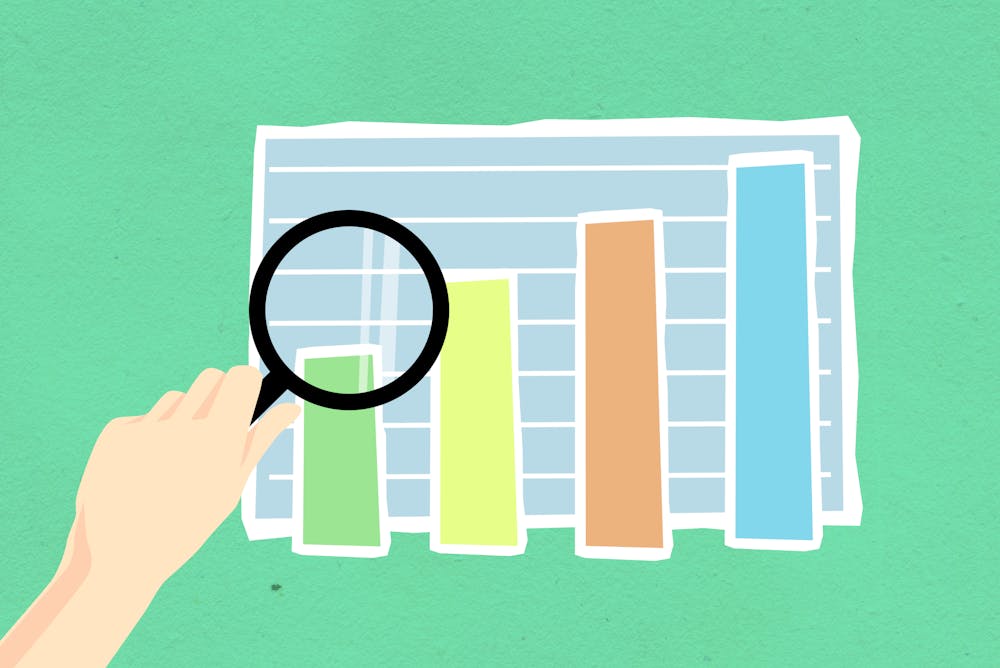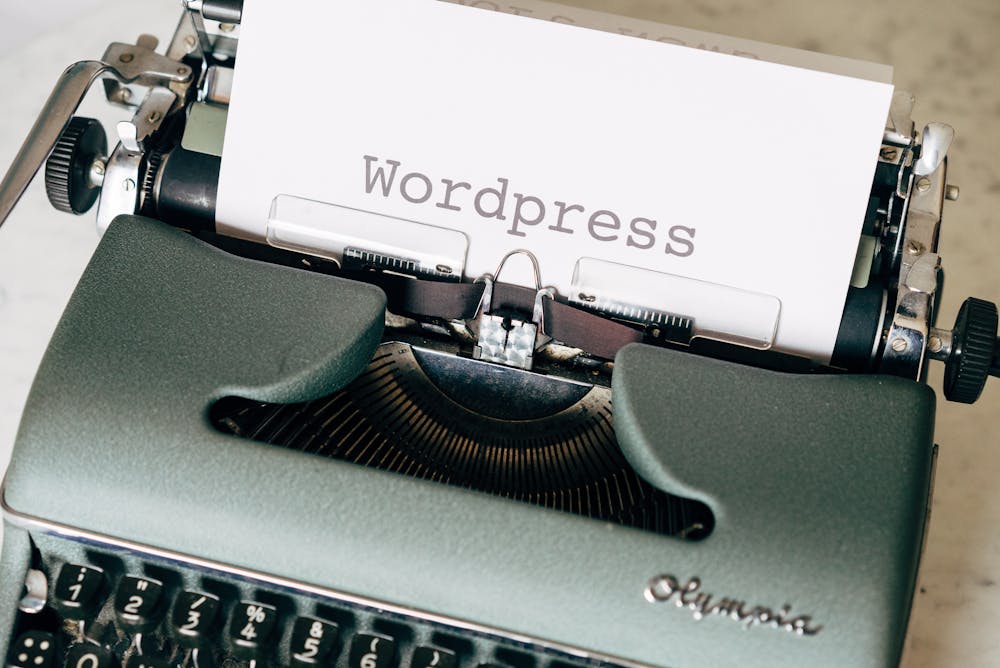10 Steps To Optimize Images for SEO

Introduction
Images are an essential part of any website. Not only do they help make the site look more attractive, but they also play a crucial role in SEO. By optimizing your images for SEO, you can improve your ranking on search engine results pages and attract more visitors to your website.
What is SEO, and why is it important
If you’ve ever wondered how your favorite website reached the top of Google’s search results, the answer is probably SEO. SEO stands for “search engine optimization,” and it’s a process of improving your website to rank higher in search engine results pages (SERPs). But why does this matter? Well, ranking higher in SERPs means that your website is more likely to be seen by potential customers, which can lead to more traffic and conversions. In other words, SEO is important because it can help you get more exposure and make more sales. And that’s why you should care about it.
You’ve probably heard of SEO, but you may be unsure what it is or why it’s important. Because people rarely look past the first page of results when searching for something online. If you want people to find your site, you must ensure it ranks highly for relevant keywords. And that’s where SEO comes in. By optimizing your site for search engines, you can improve your chances of ranking well and driving traffic to your site. So, if you’re not already doing SEO, now is the time to start!
How to optimize images for SEO
If you’re like most people, you probably think of SEO as a complex and arcane process that is best left to the experts. However, there are a few simple things that even the average person can do to help improve their website’s ranking in search results. One of the most important is to optimize your images for SEO. If you want to improve your website’s SEO, one of the best places to start is with your photos. Partnering with a B2B SEO agency can further enhance your strategy by implementing advanced optimization techniques. Optimizing your images can help speed up your website, improve your search ranking, and increase your chances of getting clicks and conversions. Here are a few tips to help you get started:
Make sure that your images are the correct size. If they’re too large, they’ll slow down your page loading time; if they are too small, they won’t be visible to potential customers. Use an image editing program to resize them to an appropriate size before uploading.
Choose descriptive file names. When you save your images, give them names with keywords relevant to your product or service. For example, if you sell shoes, you might save an image as “red-suede-pumps.jpg.”
Include ALT text. This is the text that appears in place of an image if it fails to load. Screen readers also use it for people who are visually impaired. Again, including keywords here can help improve your SEO. Simply open the image in an editing program and add a few words of text before saving.
With a little effort, you can ensure that your images work hard to improve your website’s SEO. As a result, you may see more traffic and higher conversion rates in no time.
10 steps to follow for best results
We all know that images are important for SEO. But what’s the best way to optimize them for search engines? Here are 10 steps to follow for the best results:
1. Choose the right file format. JPGs are generally best for photos, while PNGs are better for images with lots of detail or text.
2. Make sure your image is the right size. Large images can slow down your website, so it’s important to resize them before uploading.
3. Use relevant keywords in your file name and ALT text. This will help search engines understand what your image is about and index it accordingly.
4. Add a caption to your image. This helps users understand what they’re looking at, and can include additional keywords for search engines to index.
5. Use responsive design so your images look good on all devices. Mobile-friendly websites are essential for good user experience and SEO.
6. Optimize your website’s load time. This includes ensuring your images are correctly compressed to decrease page load times.
7. Create an image sitemap to help search engines find all of your images. This is especially important if you have a large website with many pages and pictures.
8. Include structure data on your website to give search engines more information about your images. This can help them appear in Rich Results, increasing click-through rates and traffic to your website.
9. Use Google PageSpeed Insights to test your website’s speed and get recommendations on improving it.
10. Regularly check your site’s SEO to ensure your efforts pay off. By following these steps, you’ll be well on your way to optimizing your images for SEO and getting better results in the SERPs.
Image size and file format considerations
Regarding image optimization for SEO, there are a few key considerations to remember. First, always choose the smallest file size possible without sacrificing quality. Large files will take longer to load, hurting your ranking in search results. Second, consider the file format. JPEGs are generally best for photos, while PNGs are better for images with solid colors or transparent backgrounds. Finally, make sure your images are correctly tagged with keywords so they can be easily found by search engines. By following these simple tips, you can ensure your images are helping rather than harming your SEO efforts.
Creating a sitemap
SEO is a complicated process, and there are a lot of different factors that can affect your ranking. However, one aspect that is often overlooked is the impact of images. Search engines are increasingly considering the content of images when determining rankings, so it’s essential to ensure that your pictures are Optimized for SEO. One way to do this is by creating a sitemap. A sitemap helps search engines index your images and allows you to specify the title and alt text for each image. This gives you more control over how your images are represented in search results, and it can help you ensure that your images work hard for you. So if you’re looking to get ahead in the world of SEO, don’t forget about the role of images.
Check your work with Google’s PageSpeed Insights tool
PageSpeed Insights is a tool that Google offers to help you optimize your website for speed. One of the things that PageSpeed Insights checks is whether your images are optimized for SEO. To optimize an image for SEO, you must ensure that the file size is small, the alt text is descriptive, and the file name is keyword-rich.
Google’s PageSpeed Insights tool can help you with all of these things. First, it will analyze your images and identify the ones causing your page to load slowly. Then, it will advise you on how to reduce the file size of those images. Finally, it will suggest ways to improve the alt text and file name to make your images more likely to appear in search results.
By following PageSpeed Insights’ advice, you can ensure that your images are helping rather than hurting your SEO.
Additional tips and tricks for optimizing images
As any experienced webmaster knows, images are essential to any website. Not only do they provide visual interest and help to break up the text, but they can also help to improve your site’s search engine ranking. However, simply uploading images to your site is not enough. In order to ensure that your pictures are working for you, you should keep a few things in mind.
First, make sure that your images are relevant to your content. Search engines like Google use algorithms to determine the topic of an image, and if your image is unrelated to the rest of your page, it will be less likely to appear in search results. Second, choose descriptive filenames and ALT tags. These tags provide information about the image, and keyword-rich tags can help improve your ranking. Finally, make sure that your pictures are of high quality. Blurry or pixelated photos will not only be less likely to rank highly in search results but will also reflect poorly on your brand.
By following these simple tips, you can ensure that your images are working hard for you and helping improve your site’s visibility.

Q&A Section
Q: What’s the best way to optimize images for SEO?
A: By ensuring that they’re relevant, informative, and, of course, eye-catching! Like any other type of content, the image you choose to accompany your blog post or web page should be carefully selected to appeal to your target audience. In addition to being aesthetically pleasing, your image should be relevant to the topic at hand and provide additional information to help search engines index your content. When done right, an optimized image can do wonders for your SEO!
Q: What’s the best format for images?
A: The debate continues, but we recommend JPEG for most images. PNG is also a good option but can result in larger file sizes.
Q: What’s the best way to resize images?
A: There are several methods for resizing images: manual resizing, using an image editor like Photoshop, or using a free online tool like PicResize. All three methods should result in decent-quality images, but we recommend using an image editor if you have access to one. That way, you have more control over the final outcome.
Q: What types of images are best for SEO?
A: Generally speaking, images that are relevant to your content and have high-quality graphics and visuals tend to perform well in search results. That said, there are several different image file types, so it’s important to choose the right one for your needs. JPEGs are generally best for photos, while PNGs and GIFs are better for graphics and illustrations.
Q: What else can I do to improve my image SEO?
A: One way is to create an Image sitemap. An Image sitemap is an XML file that contains information about the images on your website or blog. This information can help search engines understand the context of your images and index them appropriately. You can find more information about creating Image sitemaps here.
Q: What else can I do to improve my image SEO?
A: Besides using relevant keywords and creating Image sitemaps, you can improve your image SEO by ensuring your website or blog is mobile-friendly. More and more people are using mobile devices to access the internet, so ensuring your site is optimized for these users is essential. You can find more information about making your site mobile-friendly here.
Conclusion
And that’s a wrap! Whatever you do, optimizing your images for SEO is non-negotiable if you want your site to rank high on search engines. Ensuring your images are correctly sized, compressed, named, and tagged will pay off in the long run. Not to mention, it’ll make your site load faster and look more professional. So don’t be a shutterbug – improve your site’s images today!



